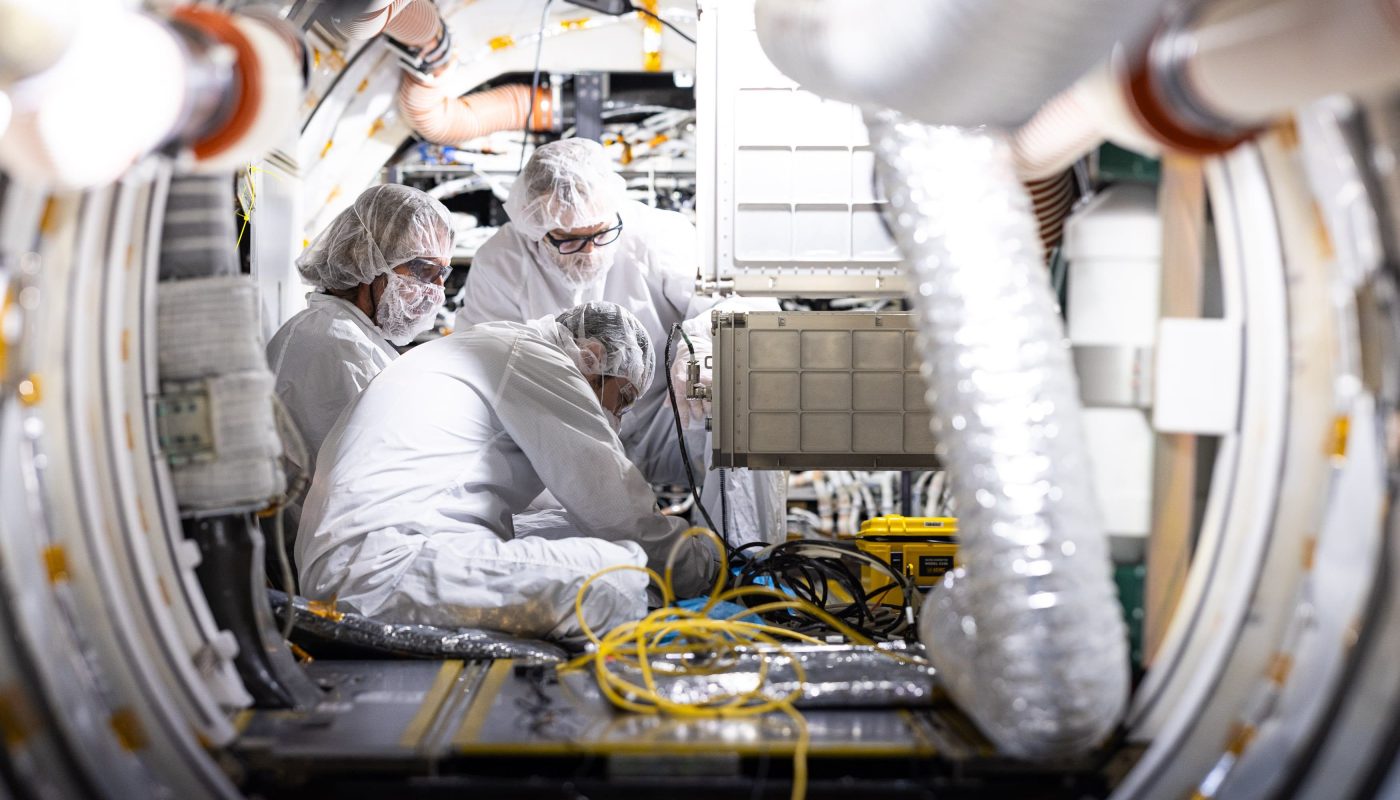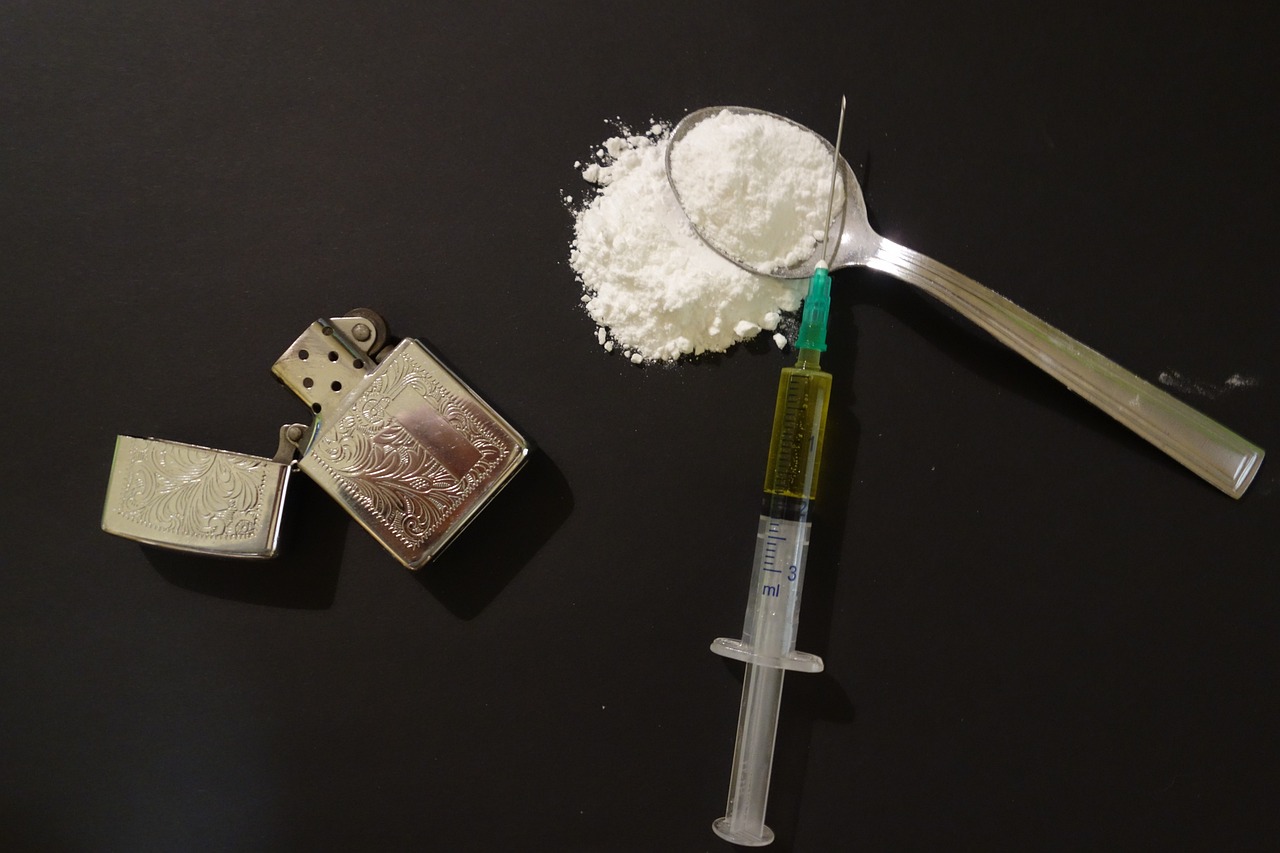Sierra Space, one of the world’s leading commercial space companies, has announced that it has completed and passed its Joint Test 10B milestone with the National Aeronautics and Space Administration (NASA) on the Dream Chaser spaceplane. This also marks the advancement of the spaceplane’s development ahead of a planned mission to deliver cargo to the International Space Station (ISS).
The test confirmed a number of the spaceplane’s capabilities, including the ability to power on, cool payloads with air circulation, and exchange data with multiple powered payloads inside its pressurized cabin. These capabilities are important to its role in ISS resupply missions.
The successful completion of this milestone test also confirmed that Sierra Space’s spaceplane can accommodate various payloads. Not only that, the Joint Test 10B test also verified that Dream Chaser can provide power within a specific voltage range and maintain the necessary environmental conditions for payloads.
It also ensured that data from both the vehicle and its payloads could be monitored in Sierra Space’s mission control center in Louisville, Colorado, and in the payload support control rooms at NASA’s Marshall Space Flight Center in Huntsville, Alabama.
During the test, engineers evaluated three key payloads expected to fly on DCC-1, the first official mission of Dream Chaser. These payloads include Polar, Powered Ascent Utility Locker (PAUL), and NASA’s Single Stowage Locker.
Polar is a cryogenic preservation system developed by the University of Alabama at Birmingham and managed by NASA’s Cold Stowage Lab and the University of Alabama at Birmingham. Polar is designed to store scientific samples on the ISS and other visiting spacecraft at temperatures ranging from -95°C to +10°C.
PAUL is a payload facility developed by Space Tango to support two CubeLab experiments that require power during launch. PAUL is often used for biological research such as cell and tissue cultures.
NASA’s Single Stowage Locker is a standard storage system designed to carry experiments and other payloads in Dream Chaser.
The test was conducted at NASA’s Kennedy Space Center in Florida last month under the supervision of both Sierra Space and NASA.
Anne Currin, Space Tango’s director of mission management, said that the Sierra Space team is ready for a successful flight to increase access for payload delivery to the ISS.







